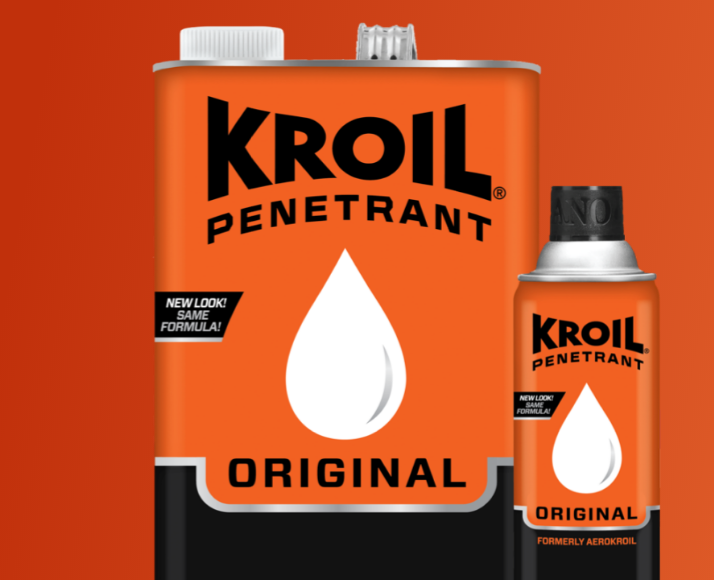 Penetrating oil spray and penetrants are low viscous fluids used in freeing mechanical parts such as fasteners that have rusted. Usually, penetrating oils have a low viscous solvent or a volatile medium. The liquid penetrates the metal pores and deposits an oil layer that causes any water present to be displaced, providing a protective layer against moisture. Penetrating oils and penetrants can also function as corrosion inhibitors or cleaning agents.
Penetrating oil spray and penetrants are low viscous fluids used in freeing mechanical parts such as fasteners that have rusted. Usually, penetrating oils have a low viscous solvent or a volatile medium. The liquid penetrates the metal pores and deposits an oil layer that causes any water present to be displaced, providing a protective layer against moisture. Penetrating oils and penetrants can also function as corrosion inhibitors or cleaning agents.
The functions of penetrating oils
Loosening fasteners
The main function of penetrating oils is to loosen fasteners that have seized, frozen or rusted with time. Their low viscosity allows them to penetrate and seep into crevices, pores, or even grooves present in the material’s substrate. These oils are mixtures of lubricants with a solvent.
Lubrication
Penetrating oils can provide lubrication for a short period. The friction decreases, but since the penetrant is volatile, they are easily contaminated. On evaporating, the oils leave a residual film. That is why lubricants have additives to enhance the longevity of the fluid.
Cleaning agent
Penetrating oils are effective cleaning agents. You can use them to remove grease, adhesives, tar, and rust. Once the oil has mobilized the residue, you can easily wipe it away with a light abrasive or a cloth.
Resistance to corrosion
The majority of penetrating oils can disperse water, which prevents oxidation. Penetrating oils displace the moisture where they are applied, yet others leave a layer of film that is non-conductive.
Types of penetrants
- Corrosion inhibitors: The reason for adding rust inhibitors is to minimize or eliminate corrosion. Inhibitor additives typically stick on the surface due to electrostatic forces between the molecules and the treated surface reacting with the surface to create a non-corrosive coating.
- Straight oils: These are non-emulsifiable oils. They are utilized undiluted. They are made using mineral oils and typically contain additives such as fats, esters, vegetable oils, or pressure additives such as sulfur, phosphorus, and chlorine.
- Synthetic fluids or semi-synthetic
- Micro dispersants
